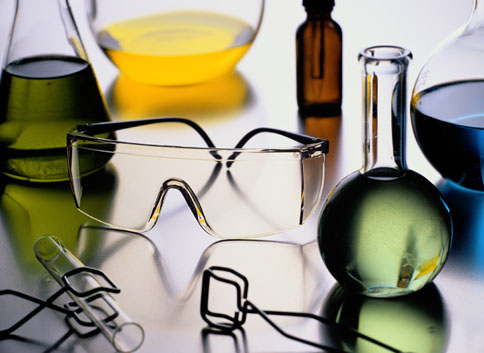It can be quite suprising, that well-known radiocarbon-based method for dating old organic material is not the only element-based method in archeology.
Fluorine can be found in nature in forms of either CaF2 (called fluorspar or calcium fluoride) or cryolite, that is Na3 Al F3.
Generally, fluorine method is based on the assumption that each bone has a regulated amount of fluorine within itself when an organism is alive. After an organism dies, fluorine is accepted from surrounding soil and also from underground water full of fluorine. Whereas other elements decay, fluorine ratio gradually increases.
Scientists discovered that fluorides can be find in trace quantities (ppm) in almost any ground water.
Fluoride replaces hydroxyl-group in hydroxy-apatite in teeth and bones:
Ca5 (PO4)2 (OH) + fluorine ion -> Ca5 (PO4)2 F
Fluorine test is one of the ''chemical-based'' rather than one of the ''nuclear-based'' ones (like radiocarbon method)
Big advantage of this test is that fluorine one is more accurate, it can determine the age of an subject with deviation no larger than few days in contrast with radiocarbon dating in which the deviation could be years or more.
On the other hand, unlike nuclear-based test, fluorine test of a bone is sensitive for temperature and enviromental changes, because bones decay after some time. Therefore, this test can be used only for test subjects no older than few hundred years.
sources:
http://www.ngdir.ir/Data_SD/Elements/Pics/323.jpg
Book: Scientific Dating Methods: H. Y. Göksu,Martin Oberhofer,D. F. Regulla,North Atlantic Treaty Organization. Scientific Affairs Division
http://www.21stoleti.cz/view.php?cisloclanku=2009121834

